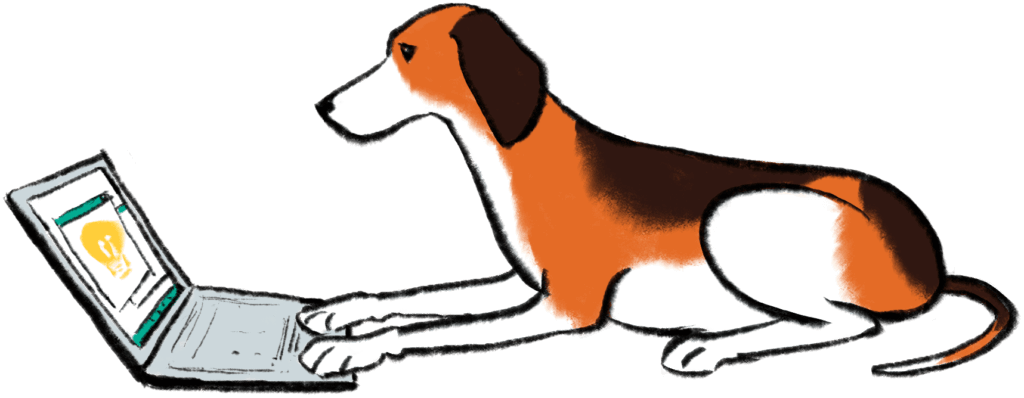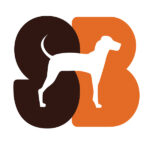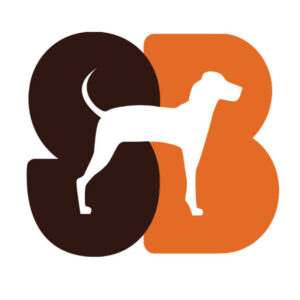
Procurement platform UX design
Project for:
FedTech
We designed a platform that would turn the procurement process on its head. In this project, we designed a procurement platform where the buyer could easily browse all vendor profiles ahead of issuing an RFP.

Expertise
Our team provided UX and visual design and handed off all of the designs for development.

Client
Our client was an agency that specialized in government technology contracts. We are not able to disclose our client’s client that the procurement platform was designed for.

Timeline
We worked on this project for 3 months.
Challenge
Help procurement teams find the right vendor
Our client wanted to build a platform where their client’s workers would easily find businesses eligible for Small Business Innovation Research and Small Business Technology Transfer (SBIR/STTR) funding for research and development projects.
At the time, the agency’s employees had to sift through various websites that for businesses and make contact through email. There was also no way to bookmark these businesses, which made sharing potential partner businesses with other interested departments painful.
For the small businesses, they had low visibility to government employees. The quickest way to get approved for research was to submit proposals to existing issues government departments create inquiries for.
Solution
Design a procurement platform
We recommended designing a procurement platform.
We recommended:
- understanding the personas and their goals on this platform
- creating the information architecture to establish the logical hierarchy
- designing visuals that were not only intuitive but professional and sleek

Impact
The design was delivered on time and within budget

Design for CMS
We designed the procurement platform with a content management system in mind. This required the designs to be flexible for content entered through the CMS.

Search for vendors based on category
The designs specified how the site users would be able to search for a product or vendors based on their category.
Free Download
Why UX translates to product profits
Download our free guide in PDF format to see how UX can help your product team improve customer retention and profits.





